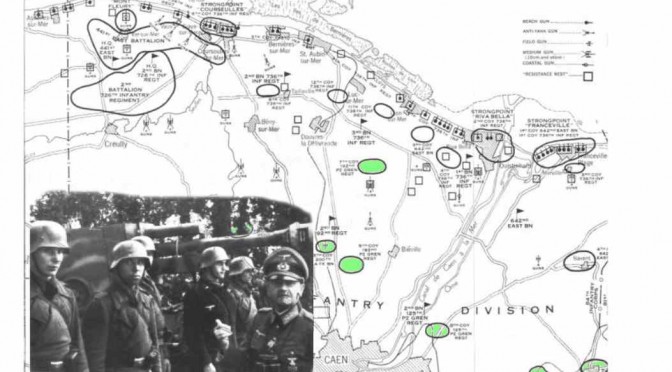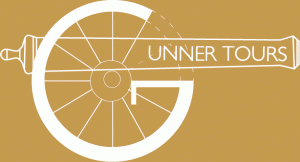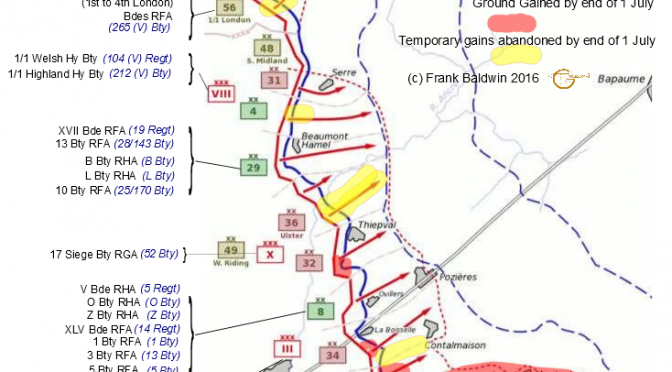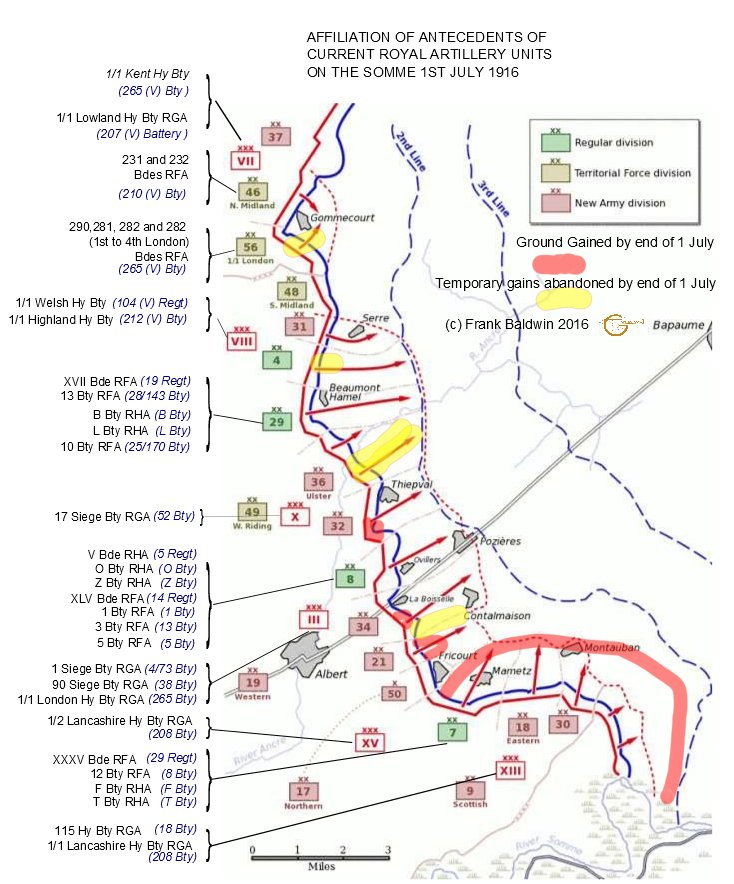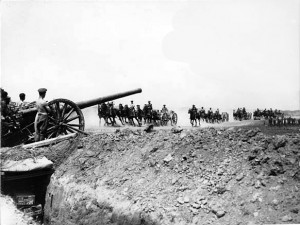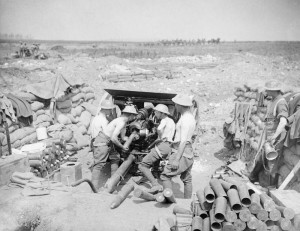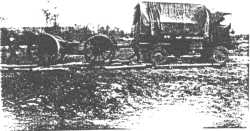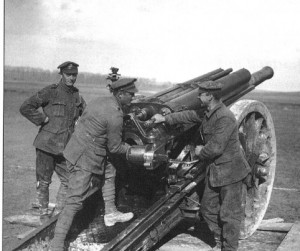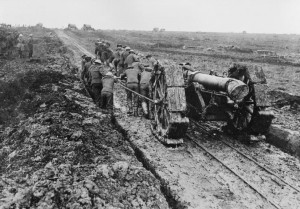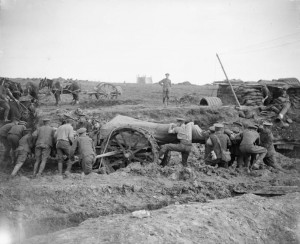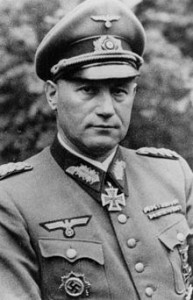
Edgar Feuchtinger was a German General who commanded the 21st Panzer Division defending the French city of Caen against the British Army in Normandy in 1944. He was awarded the Knights Cross and promoted for his success. Yet he has also been described as the worst ever Panzer General. An artillery officer, he owed his position to political favour, and abused his time in command indulging personal pleasures, a South American exotic dancer. Condemned to death by the Nazi regime for corruption and cowardice he also betrayed the new Federal Republic spying for the Soviet Union.
It is easy to sneer at Feuchtinger but the answer to why he was in command of a Panzer Division is simple. Feuchtinger commanded the 21st Panzer Divison because he built it as his private army, using every political lever he had at his possession. It would not have existed but for his protégé, Major Becker’s genius for improvising self propelled guns from scrap French army AFVs, and for Feuchtinger’s skills in playing the system. Feuchtinger developed an organisation to man these weapons in OB West. First as a Schnelle Brigade West of two regiments of mobile artillery. Then in 1943 half of these were parceled among the static divisions, while the remainder were the artillery group for 21st Panzer Division, which Feuchtinger was uniquely placed to command.
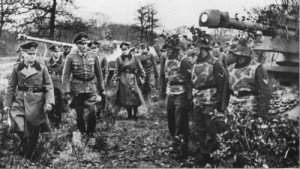
21st Panzer Division emerged having been constructed like the tramp’s stone soup. It had its own organisation table which reflected the equipment Becker had built. It was lavishly equipped with SP guns and APCs and a range of unique SP multiple rocket launchers and mortars . It was weak in armour, lacking a Panther battalion and less than the full establishment of two Pz IV Bns. Much of the manpower was from the cast offs from the static artillery formations and lacked the desirable martial qualities. All in all a formation better suited to defending Caen than driving anyone into the sea.
Feuchtinger was a sleazy individual who could have been from Catch 22 or one of Karst’s Gunner Asch Books. When the police eventually turned up on News Years day 1945 to arrest him for absence from duty on 5/6th June he was again absent – with his girlfriend in Celle, near Hannover. He was an East German spy and died “of a heart attack” at a meeting with his handler in East Berlin.
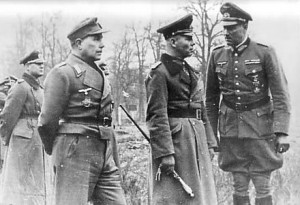
However, for all the multitude of his faults Feuchtinger picked some good, if flawed, subordinates. He used his connections to obtain experienced panzer officers, Hans von Luck, and Ritterkreutztrager von Oppeln-Bronikowski. The former had less than perfect Nazi credentials included his own half Jewish mistress, and the latter had had a reputation for drunkenness. Feuchtinger commanded the Division from some distance in the rear, allegedly accompanied by his exotic dancer mistress, and let his subordinates get on with it.
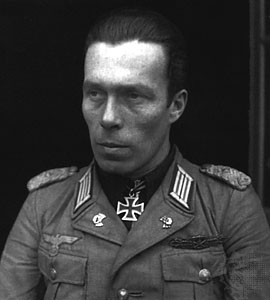
Why was Feuchtinger decorated for his actions? He played the system well. He was effusive in praising his subordinates and recommended them for decorations. von Oppeln-Bronikowski: Oak leaves (28/7/44) v. Luck Ritterkreutz (8/8/44) How could the modest divisional commander in whose regime these men had flourished not be awarded some decoration himself? If you want a mention in the honours list – write up your subordinates and get them a gong!
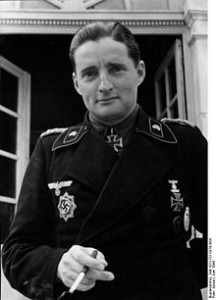
Regardless of his personal integrity or leadership style, his formation had been in continuous action since D Day, defending Caen tenaciously, giving little ground against overwhelming fire-power. For all of Feuchtinger’s personal failings as a commander or officer, it is not easy to see where he could be blamed for taking the wrong action or failing to make a decision, or where another commander could have played a decisive role.
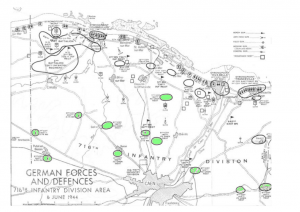
1. A slice of the division was quartered in area of the infantry division responsible for defending the coast: the 716 Division and in varying degrees under its command. 7./192 seems to have been under 716 Div command, while the anti tank battalion and one battalion from PGR 125 and PGR 192 were deployed so far into the 716 Div area that it was almost inevitable that they would be caught up in any landing on either side of the Orne Estuary. One artillery battalion I/155 was also deployed in support fo 716 Infantry division. (Source: Ethint interviews with Feuchtinger and Richter).

2. The German defensive doctrine, based on the WW1 techniques, placed counter attaching forces under command of the formation responsible for the defence of that sector. The thinking being that the local sector command would know the ground and the current situation. Thus any troops committed to the Orne sector would be under command 716 Division and not 21 Pz Div Command. The counter-attack on D Day was planned at HQ 716 Div (now Caen memorial museum), by the Corps Commander and with Richter GOC 716 and Feuchtinger GOC 21 Pz Div. The IA of the division was the panzer trained officer and he remained in HQ 21 Pz Div, all of which made it harder to plan the counter attack on D Day. (Source Geyr Ethint B466)
3. The decision to deploy the 21 Pz Div against 6 AB Division and against their orders to wait for release by Rommel, was taken on the accepted German -principle that action is better than inaction. No one seems to have been blamed when this made it harder to concentrate most of the Division on the West of the Orne. This was Hitler’s fault for instituting a Byzantine command structure and failing to rehearse commanders and staffs and war game how the system should respond to the reports of a landing to ensure that the correct actions were taken on the “Longest day”.
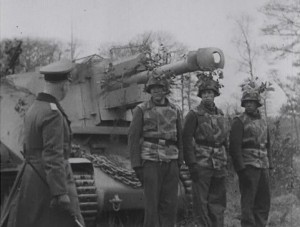
It may be that Feuchtinger was so utterly useless, and self centred that everyone just compensated. Feuchtionger may have been sufficiently self aware that he was never tempted to be that most dangerous of men driven by ego to be “stupid and active.” As long as he was left along with his mistress and no none bothered him, he did not feel any urge to exert his ego and screw up the plans of those better fitted for command.
Feuchtinger could not have existed in the British or US Armies. He would have been rumbled. That he did, is evidence of the ramshackle reality of the Nazi regime which was at odds with the impression given that in Germany “Alles in Ordenung”. This is a consequence of Hitler’s corrupt regime, where someone with no talent but party connections could build themselves a secure position for their own personal convenience.
To visit the battlefields of Normandy and hear some different stories contact Gunner Tours www.gunnertours.com
